Solar real estate investment fund SolaREIT announced it injected more than $125 million in capital into the U.S. energy storage market. The company provided financing that supported over 1.6 GWac of energy storage projects since the company expanded into the battery storage market in the beginning of 2024.
In March, Solareit announced the expansion of its revolving credit facility to $60 million, marking the third upsize of the facility in less than two years, according to the company.
“Storage sites are often more complex and costly to secure than solar, so unlocking land value early can make or break a project,” said Solareit CEO Laura Pagliarulo.
(Read: Battery energy storage prices spike in Q2 2025)
The battery storage market is booming. A report from Rystad Energy said energy storage installations increased from about 6 GW in 2023 to 10 GW in 2024, growing over 60% year-over-year. The growth is due partially to falling battery manufacturing costs, a trend that Rystad expects to continue over the next five to seven years. The group estimates installations will grow to 16 GW per year by early 2026.
Battery energy storage systems escaped the worst of the Big Beautiful Bill Act’s cuts, with projects that begin construction by the end of 2033 remaining eligible for investment tax credits. However, their financing is likely to change as they now must meet a certain threshold for material assistance from prohibited foreign entities.
SolaREIT offers land financing options, headlined by its prepaid solar land lease, which offers immediate lease payment to landowners for siting projects on their property.
Founded in 2020, the Virginia-based company works directly with landowners and developers to provide liquidity for land under operating solar assets, while offering fixed, stable revenues to investors. Its pre-paid leases are another product offering that provides near-term liquidity to landowners while maintaining the long-term ownership of the land within their family.
“Battery storage is the backbone of a resilient, modern grid that can support this country’s growing energy needs—and it all starts with land,” Pagliarulo said.
(Also read: Solid ground for uncertain times: Financing solutions for solar development)
This content is protected by copyright and may not be reused. If you want to cooperate with us and would like to reuse some of our content, please contact: editors@pv-magazine.com.

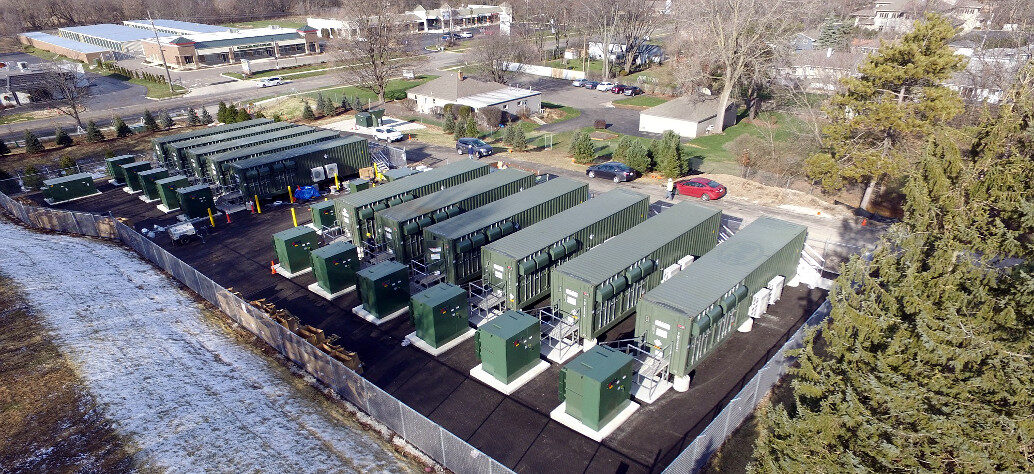


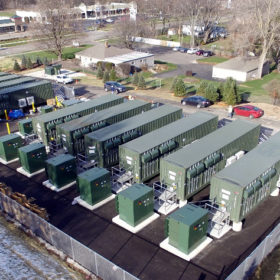
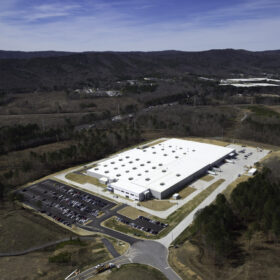
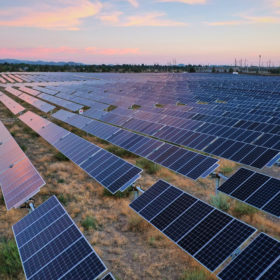
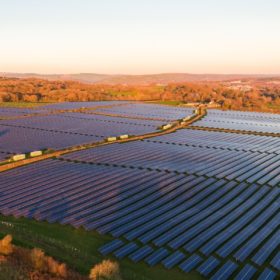
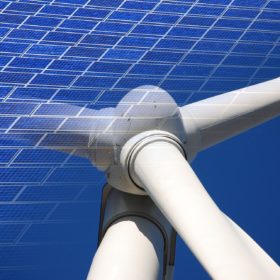
By submitting this form you agree to pv magazine using your data for the purposes of publishing your comment.
Your personal data will only be disclosed or otherwise transmitted to third parties for the purposes of spam filtering or if this is necessary for technical maintenance of the website. Any other transfer to third parties will not take place unless this is justified on the basis of applicable data protection regulations or if pv magazine is legally obliged to do so.
You may revoke this consent at any time with effect for the future, in which case your personal data will be deleted immediately. Otherwise, your data will be deleted if pv magazine has processed your request or the purpose of data storage is fulfilled.
Further information on data privacy can be found in our Data Protection Policy.